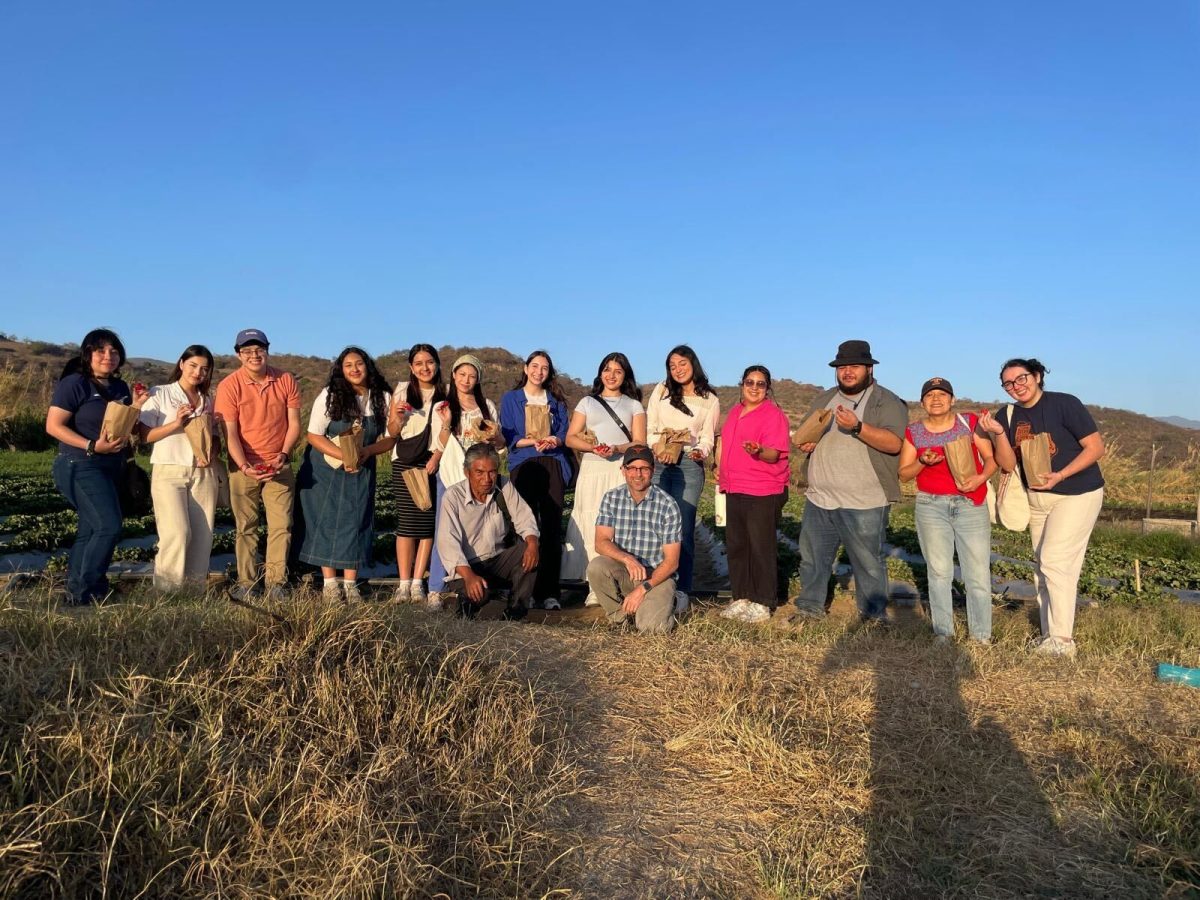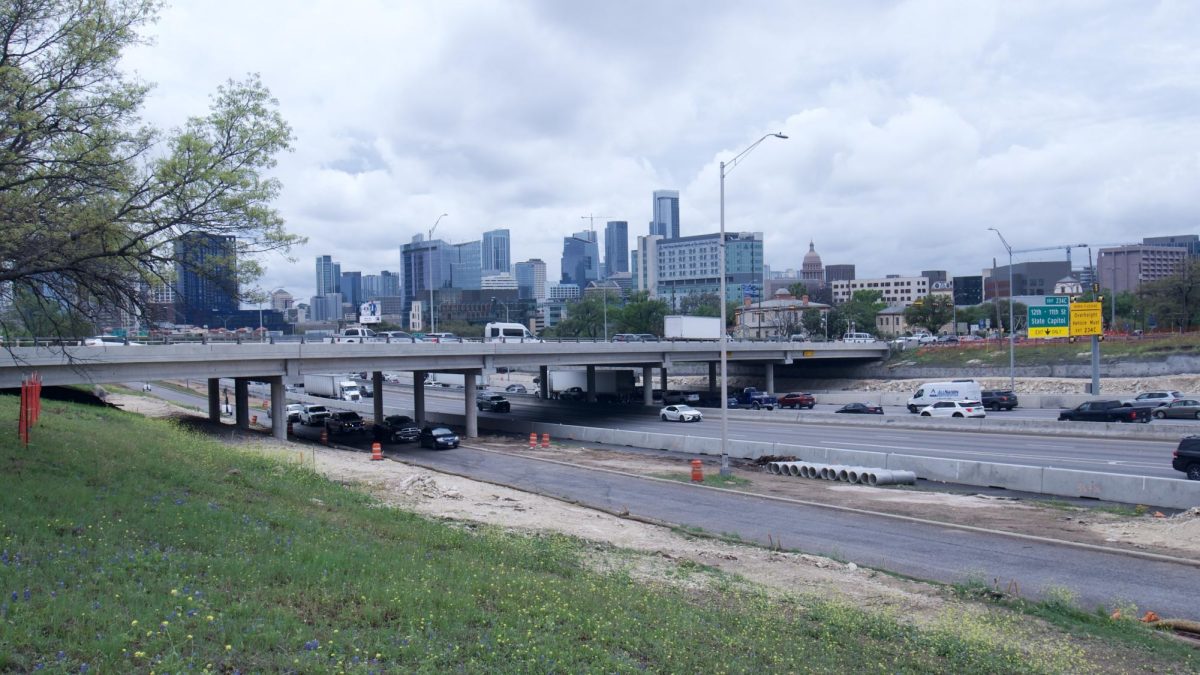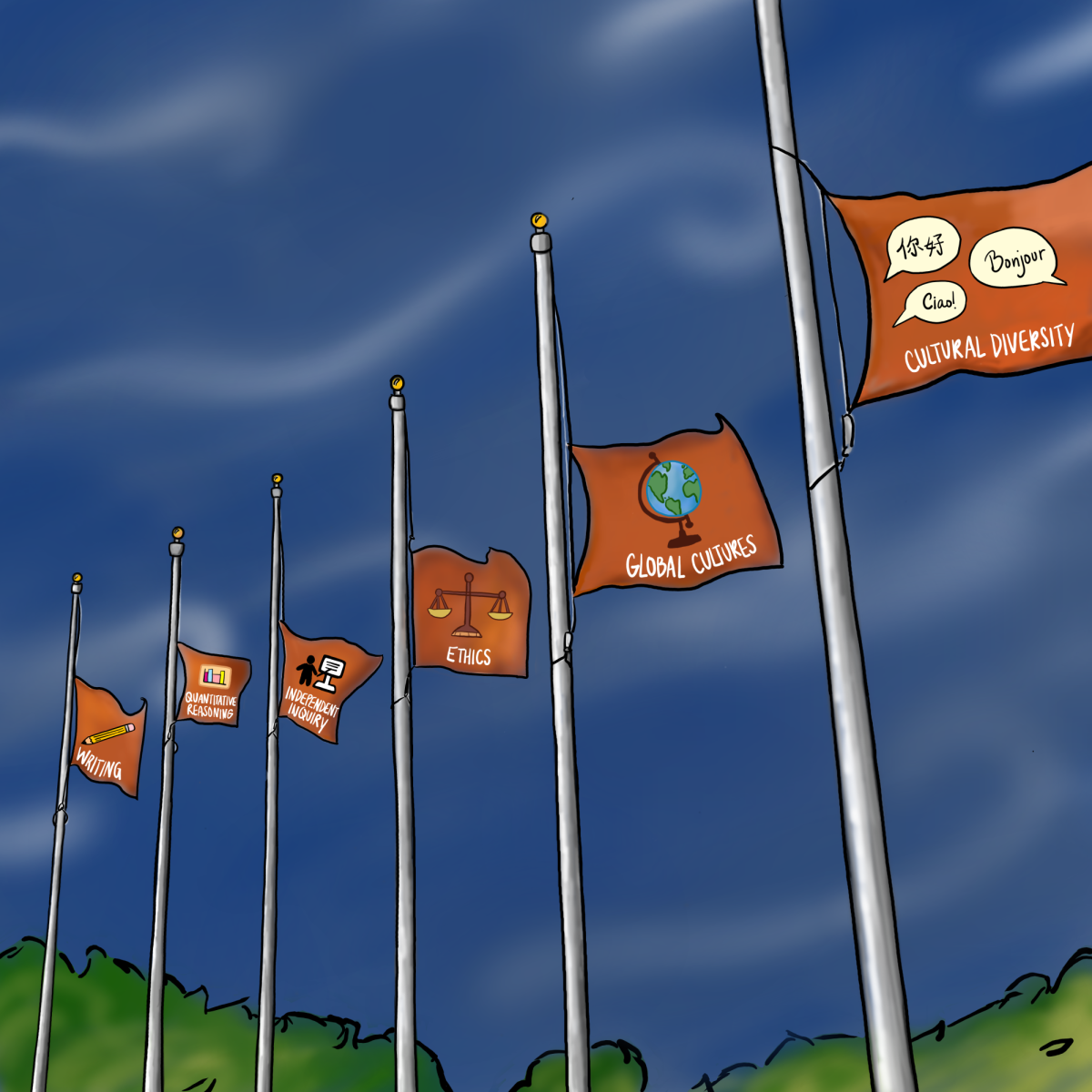A new model of UT campus analyzes past and present energy usage among campus facilities to help visualize future energy usage and responses to climate change scenarios.
The model, called a digital twin, acts as a digital representation of a physical asset. The digital twin compiles multiple data sets and models them in a single system where it might be difficult to gather information in the same place otherwise. The model allows researchers to evaluate the impact of potential decisions without making changes to the real “physical” system.
Zoltan Nagy, assistant professor in the department of civil, architectural and environmental engineering, said he hopes the model helps facilitate conversations about climate change.
“I would like people to see and engage with (the model) and that’s why we put it public,” said Nagy, who helped lead the project. “You can see it and look at it and ask questions and ask our leadership questions.”
The model analyzes campus energy consumption, ranging from electricity consumption to water heater usage, using multiple datasets from the University generated over the years. Nagy said the research team projected climate change scenarios from the data received.
“As we have experienced already this year, in the last few years, it just gets really, really hot for a prolonged period of time,” Nagy said. “My work only looks into the increase in temperatures and humidity, and that in turn increases the energy demand because we need to have longer cooling periods.”
The digital twin that Nagy’s team created was also in collaboration with the Jackson School of Geosciences and UT Facilities Services. In particular, Nagy said he credits Calvin Lin, a civil engineering graduate student, with integrating the multiple data sources into the model.
Lin said the most difficult part of creating the model was programming it to use current data from the University.
“(The digital twin) creates the (data) plots then and there in your browser,” Lin said. “Instead of having made images beforehand and loading them, so it just lets it be really dynamic.”
The benefit of a digital twin allows for an “intuitive” experience in modeling campus energy usage, Lin said.
“Some (twins) have actual, more detailed models of the buildings,” Lin said. “For instance, maintenance people could measure out parts of the building if you were to actually have a photorealistic model. … It’s just a more user-friendly way of combining a lot of different use cases and data all into a single platform.”
Nagy said the data the digital twin analyzes raises questions about campus energy usage, especially during bouts of extreme weather affected by climate change.
“The question at this point is where are we heading?” Nagy said. “Energy demand increases just because it gets warmer, and so at some point, energy generation on campus will hit the limit, we’ll need to save more or generate.”



















